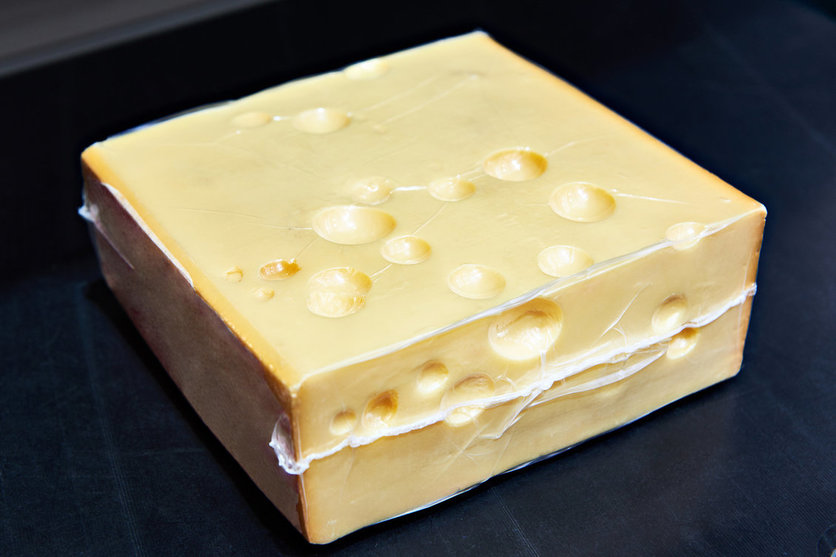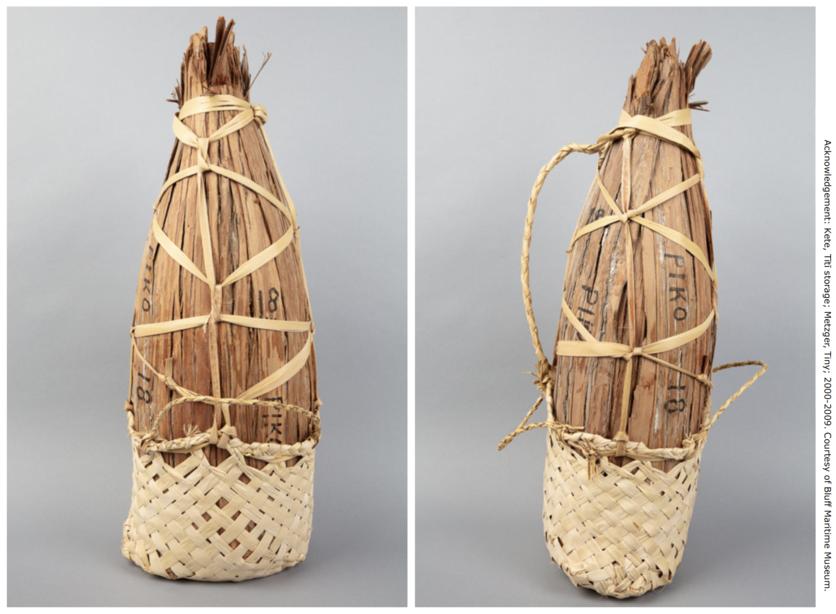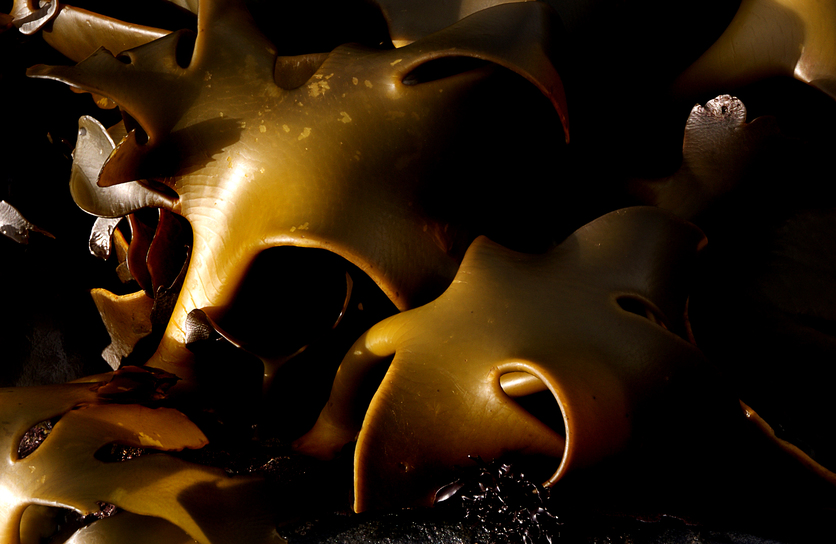Food preservation is something that most people take for granted. Our cupboards contain tins, jars, sealed bags and boxes. Refrigerators and freezers store perishable foods.
We continue to use ancient technologies like drying, pickling and cheesemaking along with modern technologies like freeze drying and vacuum packing. These techniques allow us to save food from one season to the next and are important ways to ensure food security.
Rokiroki kai
Rokiroki kai – preserved food – has been part of Polynesian life for centuries. Smoking and drying seafood enabled bountiful catches to be stored for leaner times or saved for special occasions. Different communities held their own mātauranga and tikanga for harvesting and preservation.
Early Polynesian explorers took this mātauranga with them as they navigated the Pacific. Some of the mātauranga may have been readily adapted when moving among the islands closer to Hawaiki, but settling in Aotearoa was a game changer. These southern islands had different plants and animals. There were many new foods to try out along with the need to work out ways to preserve the foods from one season to the next.
Ngā tītī – muttonbirds
One new food was ngā tītī – also known as sooty shearwater or muttonbirds. Ngā tītī are the most common seabird in Aotearoa. Tens of thousands of the birds flock to 36 small islands (known as Tītī Islands) around Rakiura – Stewart Island. The manu lay their eggs in underground burrows, and young birds are harvested in late autumn – Haratua in the maramataka.
Ngā tītī chicks are plentiful at this time. The supply is far more than people could eat, so iwi living in Te Waipounamu and Rakiura found methods to preserve them. One method is pōhā – bags made from rimurapa, a species of bull kelp.
Skilled professionals were able to source quality rimurapa and prepare it so that the bags were both airtight and robust enough to hold up to 200 tītī or more. Nga tītī were cooked and their sharp wing bones were removed. Nga tītī were carefully stuffed in the pōhā and covered with fat rendered from cooking the birds. Both the fat and the pōhā kept air away from the meat, reducing the growth of microbes, which would spoil the food. Tītī stored in this manner were edible for up to 2 years!
Pōhā technology
Rimurapa has a rubbery exterior and a honeycomb interior, which can be split to create an airtight bag. Any small holes within the rimurapa are sealed using a small shell and harakeke fibre. Each pōhā is blown up like a balloon, sealed with harakeke and hung to dry. If the pōhā has a natural curve, it is weighted with a rock to straighten it as it dries. Once dried, nga pōhā are wrapped and stored in a cool dry place. This softens the pōhā, so the bags are leather-like rather than hard.
There are two more steps to strengthen and protect the pōhā. Each pōhā has a harakeke kete to support it. Once the pōhā is stuffed with tītī and the mouth of the bag is sealed, strips of tōtara bark are placed in the kete and around the pōhā. Harakeke fibre is used to secure the tōtara bark and create a strap for carrying the pōhā. The shape makes it good for throwing, which is helpful as pōhā have to be tossed from the rocky shore to someone in the water or on a boat.
He taonga – the tradition continues
Māori from Rakiura have customary rights to continue harvesting tītī for private and commercial purposes. The estimated yearly harvest is 250,000–400,000 tītī. Most of the birds are salted and placed in large plastic pails.
The skills needed to make pōhā have not been lost. Pōhā and the Tītī Islands are taonga, handed down by tīpuna, from one generation to the next. Skilled experts continue to pass on the mātauranga behind rokiroki kai.
Related content
Read more about the origins of pātaka kai and how they used to store kai after being harvested, preserved and dried.
Visit the mātauranga Māori topic for other examples of Māori knowledge.
Use this interactive to learn about other Ngāi Tahu mahinga kai practices.
Rokiroki kai is an example of biotechnology. Find out more about food preservation and other ancient biotechnologies in this article.
See our Seaweed and algae Pinterest board for more resource ideas.
Useful links
Pōhā awarua, from the Ngāi Tahu Mahinga Kai video series, features pōhā expert Graham ‘Tiny’ Metzger, Ngāti Kurī/Rakiura.
The video A seaweed pantry – tales from Te Papa provides additional information and footage of pōhā and tītī harvesting.
Pōhā: A clever way of storing food by Dr Michael Stevens is a level 2 School Journal article. The text, audio and teacher support material are available online.




